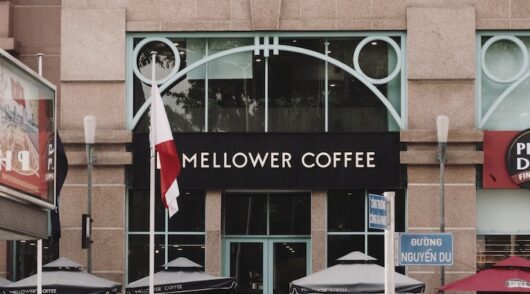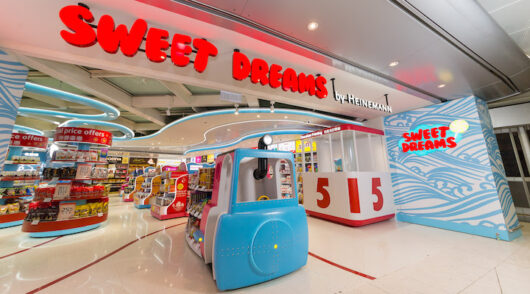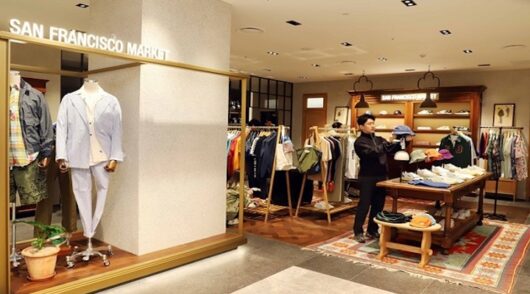The typical Asian retail department store model is overwhelmingly geared towards consignment (konsinyasi) or ‘stores within stores’.
The vendor typically pays for real estate depending on the amount of space they require and in what position. Premium space is naturally more expensive and sought after compared to less attractive space.
The ‘retailer’ moves (or moves out) underperforming vendors as required. Each vendor has a sales assistant (or sales assistants) in their employ whose task it is to maximise sales. These sales people are usually driven by commission.
So what is the problem ?
Department Store ‘retailers’ in Asia are not retailers – they are landlords. They own a ‘department’ store which is really a mini shopping centre under one roof.
The downside is significant:
- There is often a lack of cohesion in these stores due to the vast array of fixtures and fittings. From the customer’s viewpoint, the store can look like a rather messy fruit salad.
- The salespeople are totally disinterested in selling anything but their own brand which leads to significant customer frustration when they see someone standing idle but refusing to serve them.
- The salespeople cannot conclude the sale because they are not entrusted to finalise the sale. They require a cashier (hired by the ‘retailer’) to complete the transaction. This means that the customer is given an invoice which he/she takes to the cashier. At busy times there is a long queue at the cashier. Once the customer has paid, they take the receipt back to the salesperson who then releases the goods.
- The entire process is time consuming and requires backtracking by the customer.
- In certain ‘departments’ there are often more salespeople than customers! In an Asian store I worked in, I once counted 17 salepseople in the men’s shirt department, each one representing a different brand. There were seldom 17 customers at any one time!!
- The salespeople are driven by commission and will therefore coerce customers to buy their brand even if the customer does not want to purchase it.
- The salespeople are often bored because the store is overstaffed. This is not only inefficient but boredom leads to lethargy and a disinterest only disturbed by a hapless victim – a potential customer.
So what is the upside ?
- The ‘retailer’ has next to no investment in floor staff, fixtures or inventory.
- It collects its rent regardless of the vendor’s performance.
- It does not need to employ buyers or merchandise planners.
- It does not need to purchase software and hardware to support the buying function.
- It does not carry overheads such as travel for buyers to visit overseas suppliers and trade fairs.
- It has a more or less fixed income with little risk, eg: no markdowns.
So what is the difference ?
If you re read the points under ‘downside’ above you will notice the same word under every point. If you now re read the ‘upside’ points you will notice that word does not appear even once.
The word is ‘customer’.
Not putting the customer at the forefront of your retail strategy is a recipe for disaster. The typical Asian retail department store model is therefore doomed to failure.
The smart department store retailers in Asia are going to take back more and more of their territory. They are going to hire experts to get them self sufficient as ‘real’ retailers.
But they will continue with some consignment vendors where these are warranted: for example, high end brands. They will put the customer first in all their thinking.
And while the pseudo retailers continue to bank their rent, the real retailers will gradually pull ahead until they have won the retail war.
*Stuart Bennie is a retail consultant and can be contacted at bennie@bigpond.net.au.






